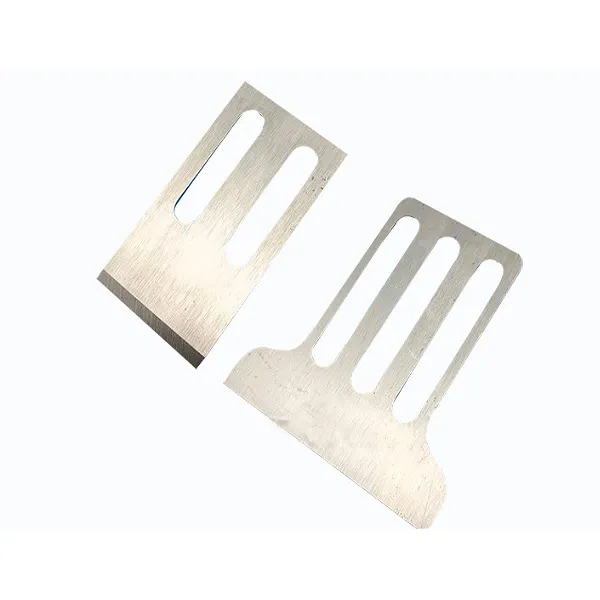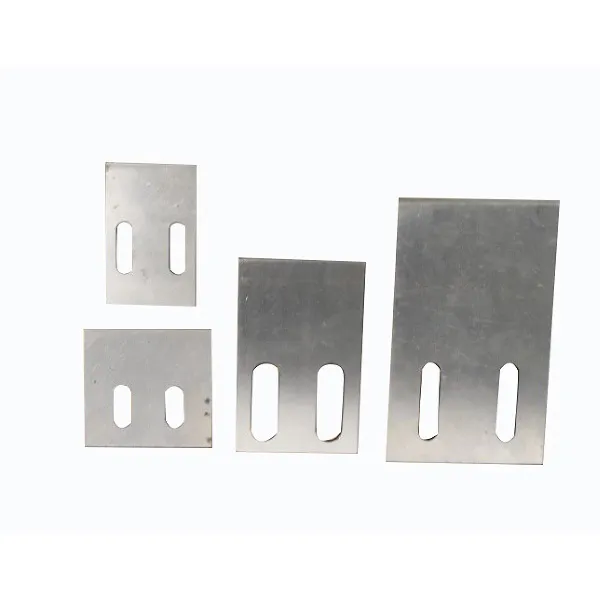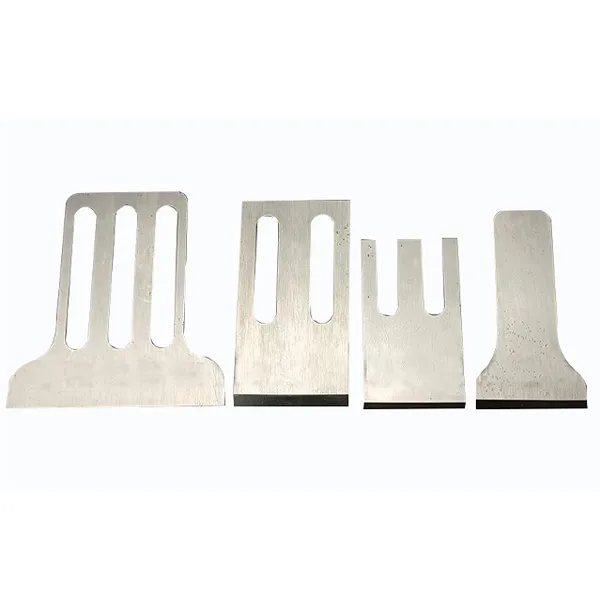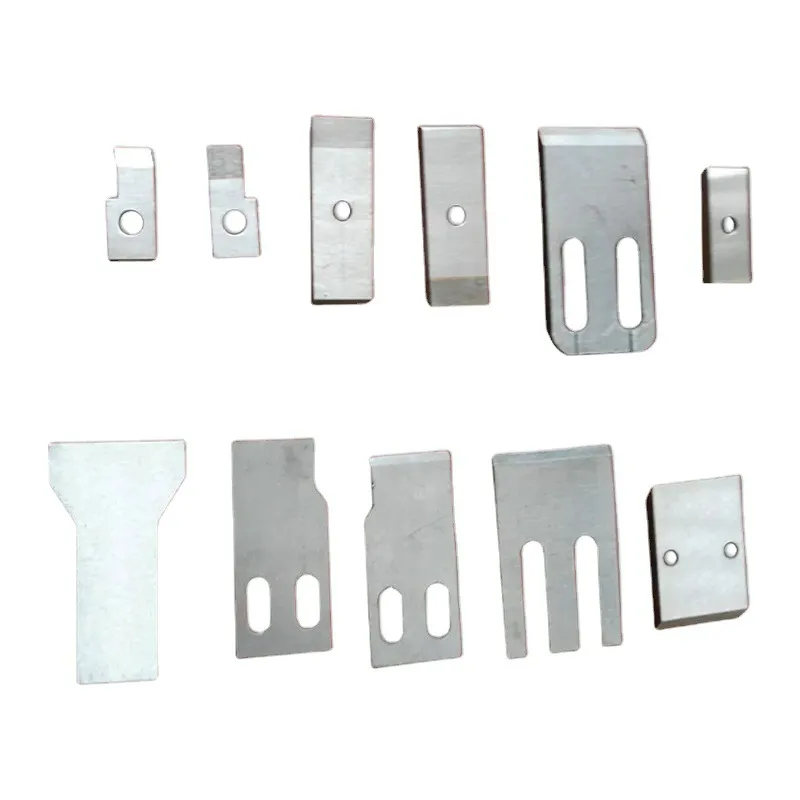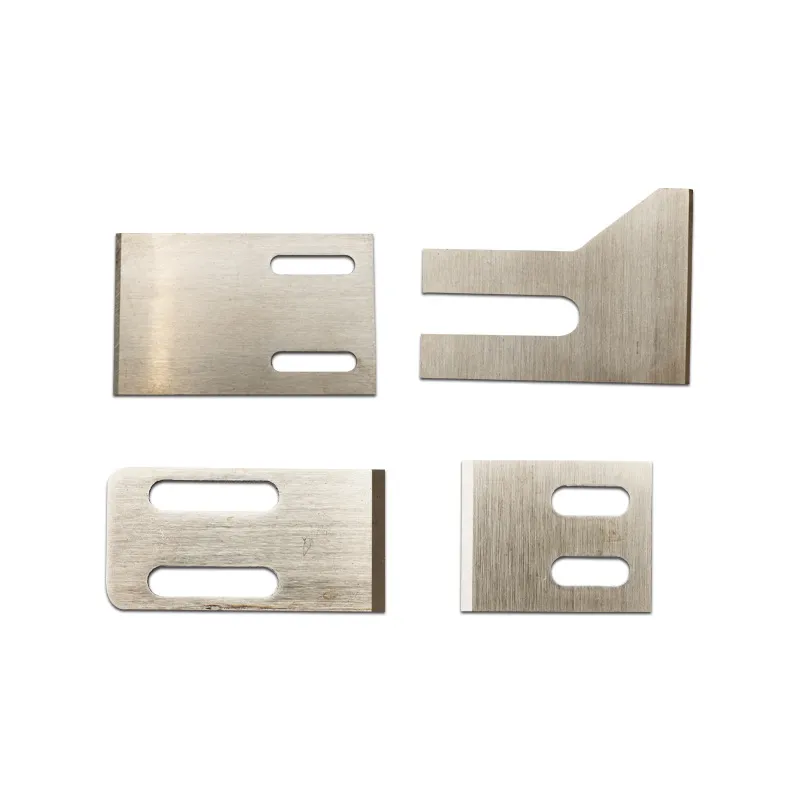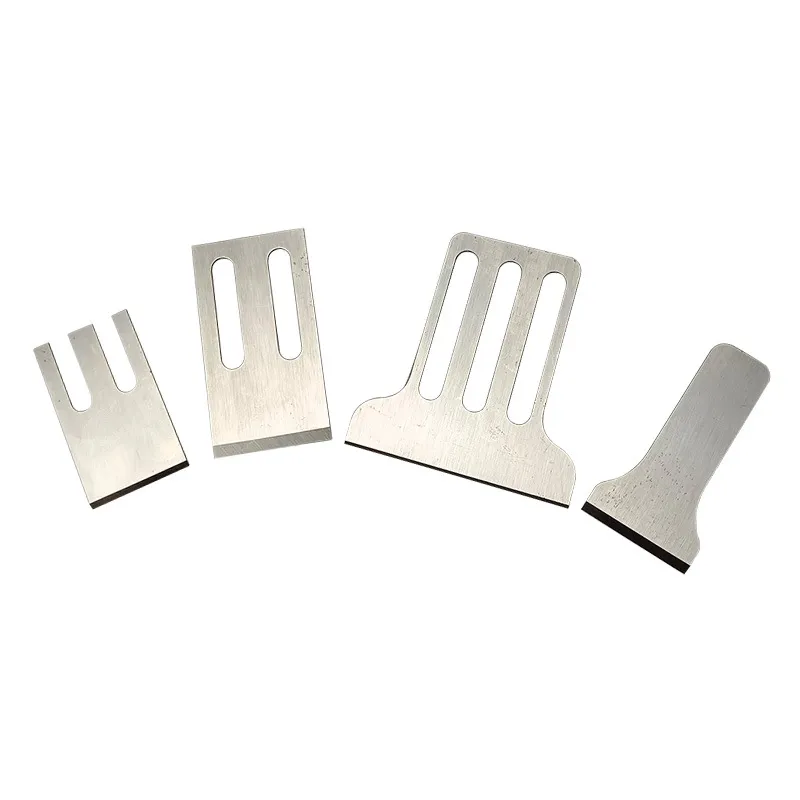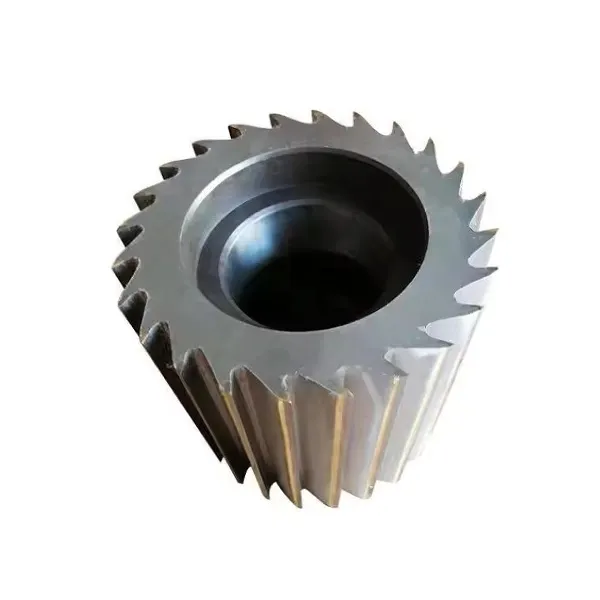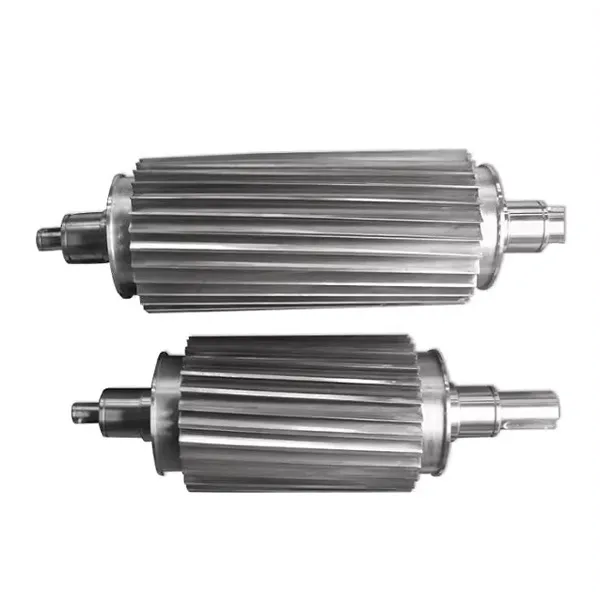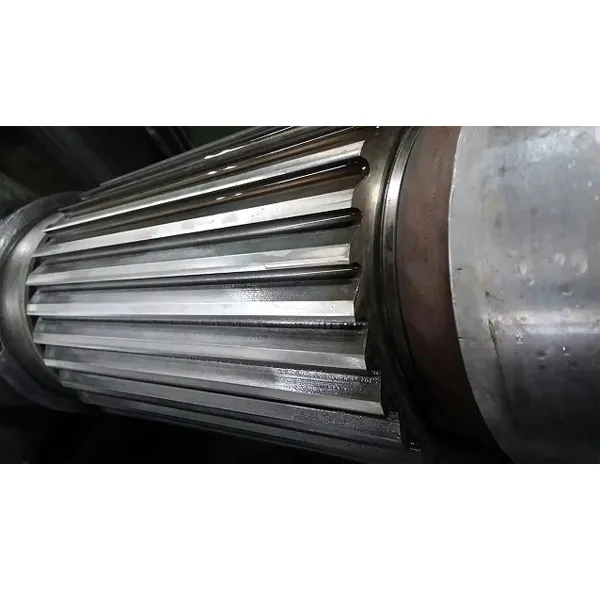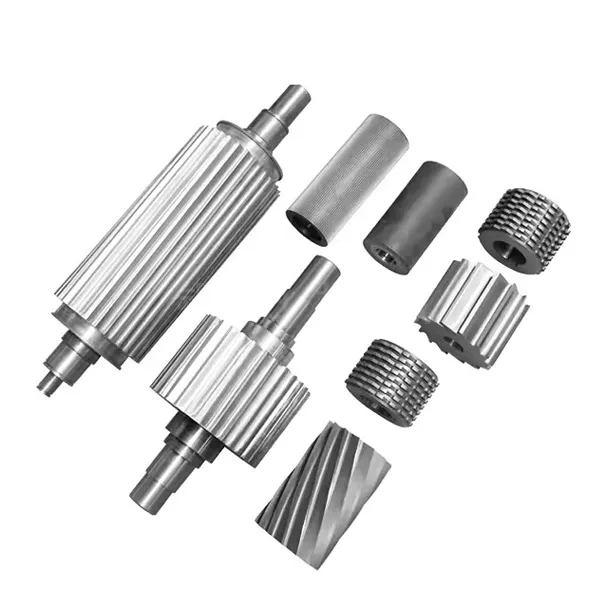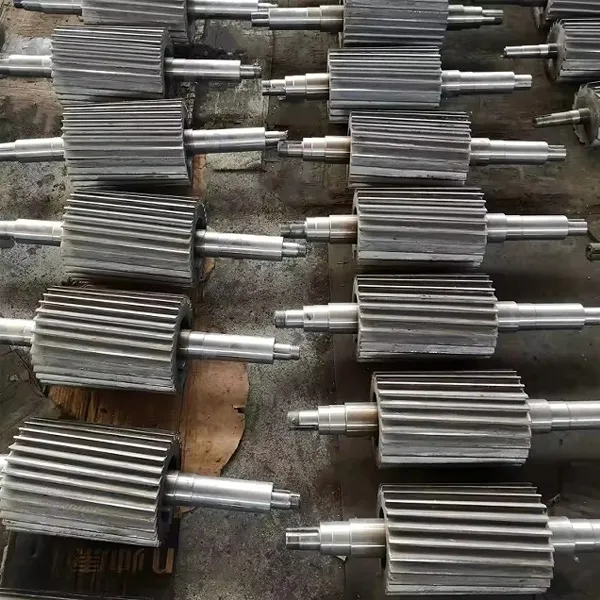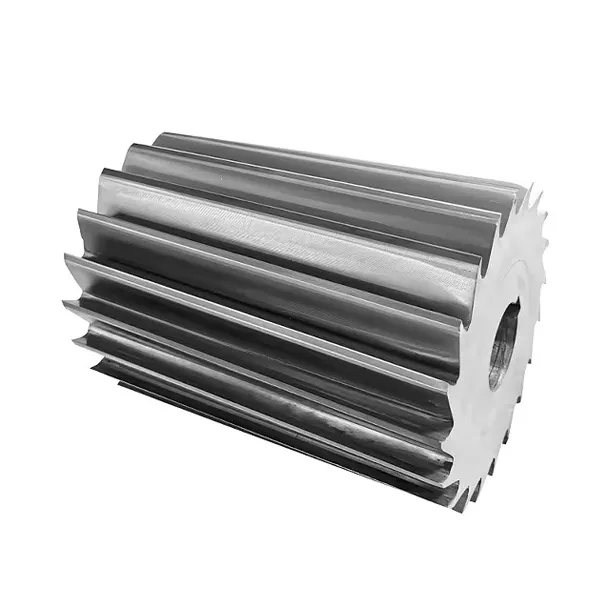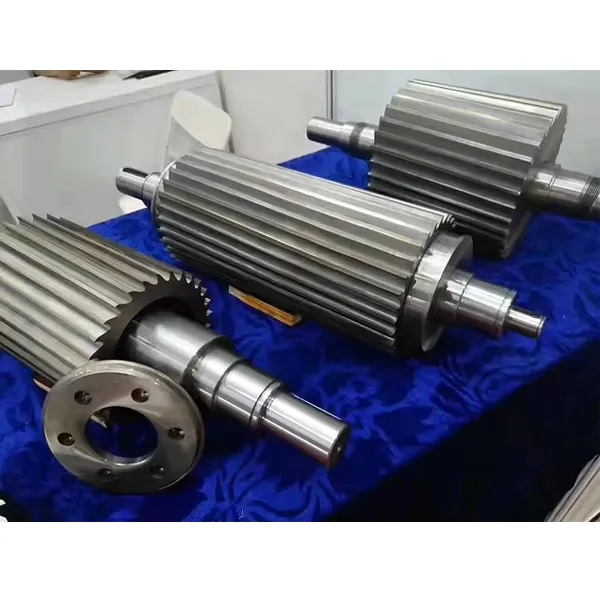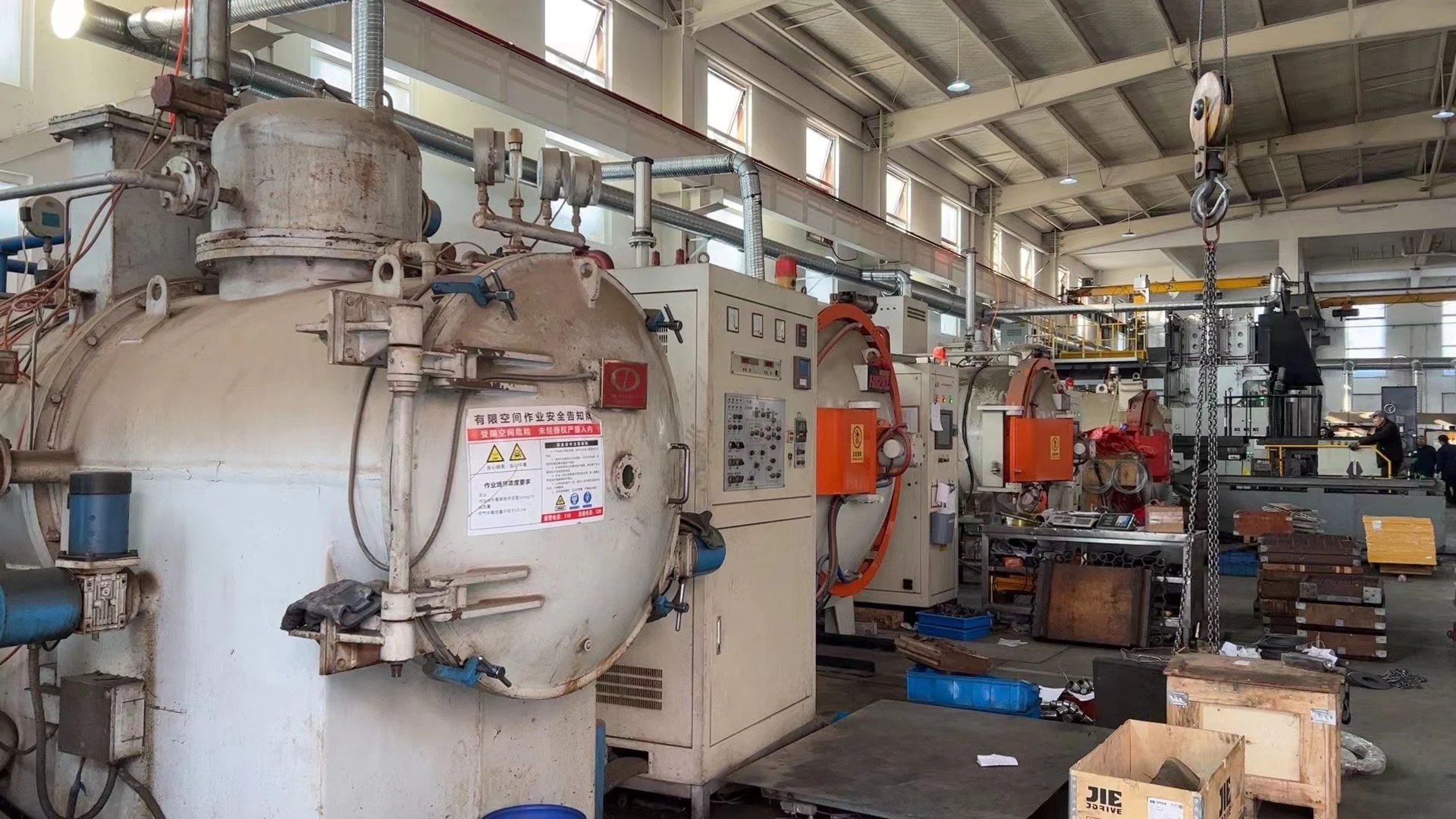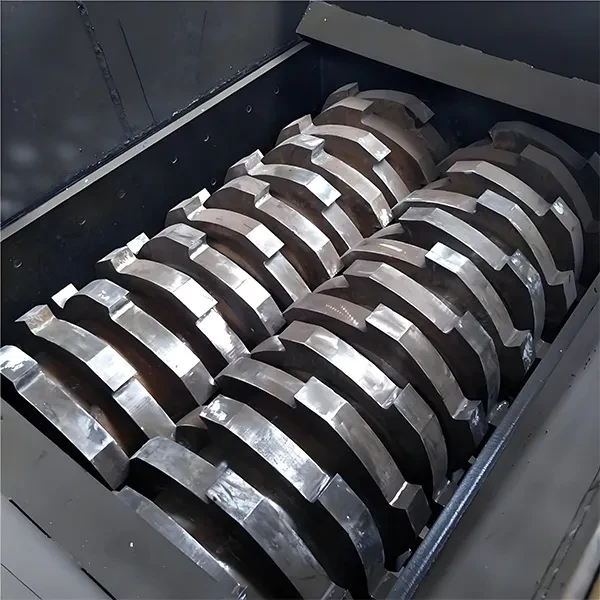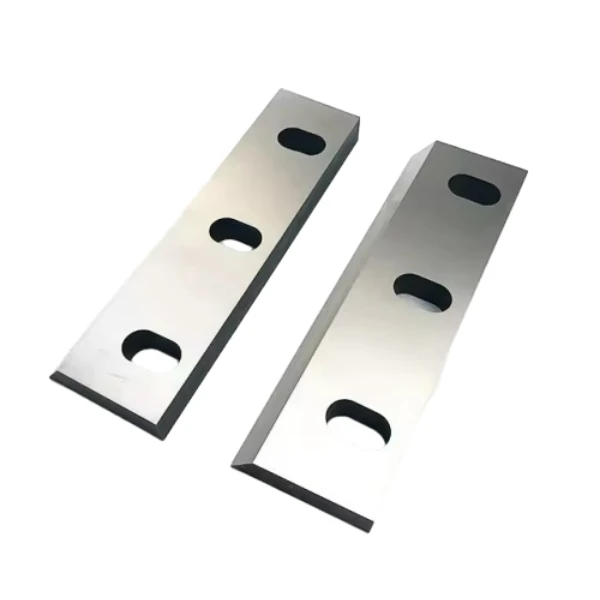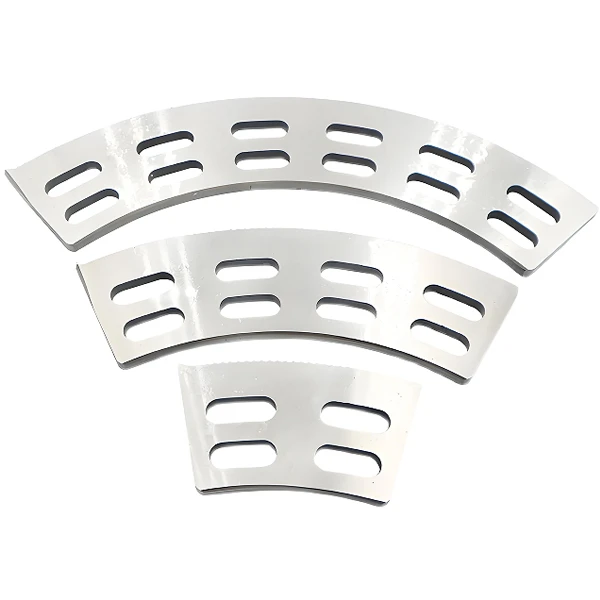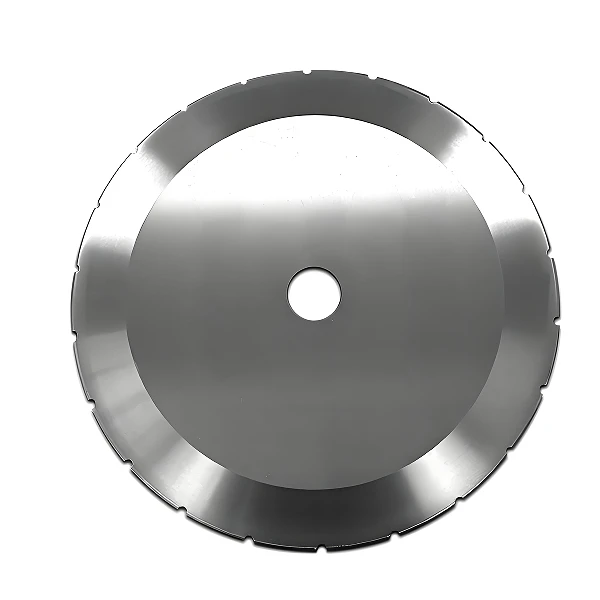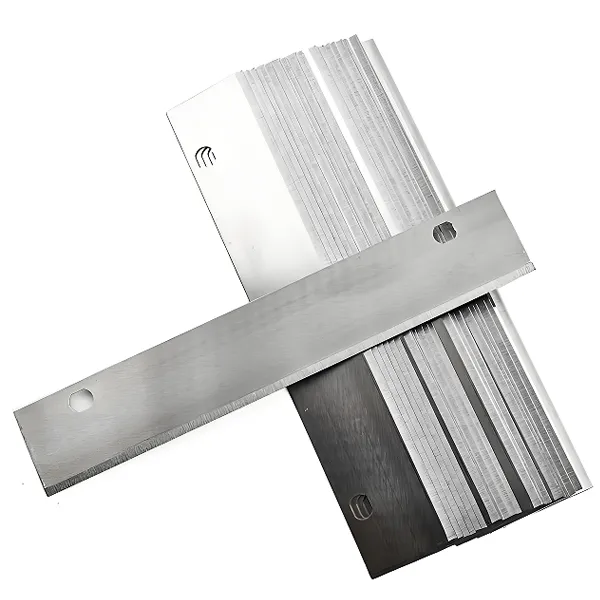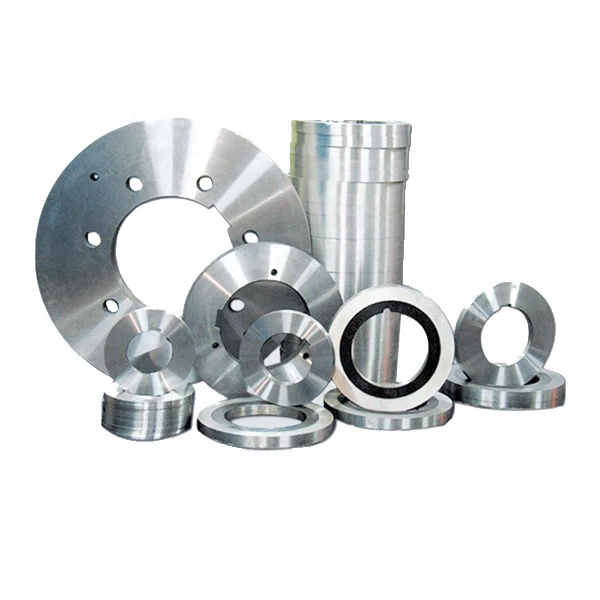- Tel: +86 15003285235
- Email: lena@industrialblades.cc
- Afrikaans
- Albanian
- Amharic
- Arabic
- Armenian
- Azerbaijani
- Basque
- Belarusian
- Bengali
- Bosnian
- Bulgarian
- Catalan
- Cebuano
- Corsican
- Croatian
- Czech
- Danish
- Dutch
- English
- Esperanto
- Estonian
- Finnish
- French
- Frisian
- Galician
- Georgian
- German
- Greek
- Gujarati
- Haitian Creole
- hausa
- hawaiian
- Hebrew
- Hindi
- Miao
- Hungarian
- Icelandic
- igbo
- Indonesian
- irish
- Italian
- Japanese
- Javanese
- Kannada
- kazakh
- Khmer
- Rwandese
- Korean
- Kurdish
- Kyrgyz
- Lao
- Latin
- Latvian
- Lithuanian
- Luxembourgish
- Macedonian
- Malgashi
- Malay
- Malayalam
- Maltese
- Maori
- Marathi
- Mongolian
- Myanmar
- Nepali
- Norwegian
Solid Waste Recycling, Decomposition, And Granulation Machine Blades
1.Primary crushing of large pieces of material: High strength alloy steel blades (such as Cr12MoV) are used to shear and tear large solid waste such as waste plastics and rubber. The material size is gradually reduced through a multi-level blade layout, which facilitates subsequent processing.
2.The flat blade design is suitable for rapid cutting of thin film plastics, while the corner blade is used for impact crushing of hard plastics such as ABS and PE.
3.Metal non-metal composite separation: Hard alloy welding blades (such as YG8) can cut metal components in tire steel cords or electronic waste, and work together with magnetic separation devices to achieve efficient separation of metal and non-metal.
4.Particle size control: The granulator blade dynamically adjusts the blade clearance (0.5-5mm) to further crush the decomposed fragments into uniform particles of 1-10mm, meeting the production needs of recycled plastic granulation or modified asphalt aggregate.
5.The surface coating of the blade (such as titanium nitride) can reduce plastic adhesion, ensure smooth particle surface, and meet the standard of flowability.
6.Preparation of high-purity materials: For electronic and electrical casings (such as PC/ABS alloy), all steel blades (HRC52-55) are used for fine crushing, and the particles separated from impurities can be directly used for injection molding or 3D printing consumables production.
7.Plastic recycling industry: Decompose blades to process waste plastic bottles, films, etc., and pelletize blades to generate 2-5mm particles for the production of recycled packaging materials or environmentally friendly building materials (such as plastic wood composite materials).
8.Electronic waste recycling: The multi axis shredder decomposes the circuit board casing, and the granulation blade separates plastic particles from metal powder, achieving a metal recycling rate of over 95%.
9.Tire resource utilization: During the decomposition stage, the tire steel wire layer is cut and the rubber blocks are broken. During the granulation stage, 8-40 mesh rubber powder is generated for use in rubber tracks, sound insulation materials, and other scenarios.
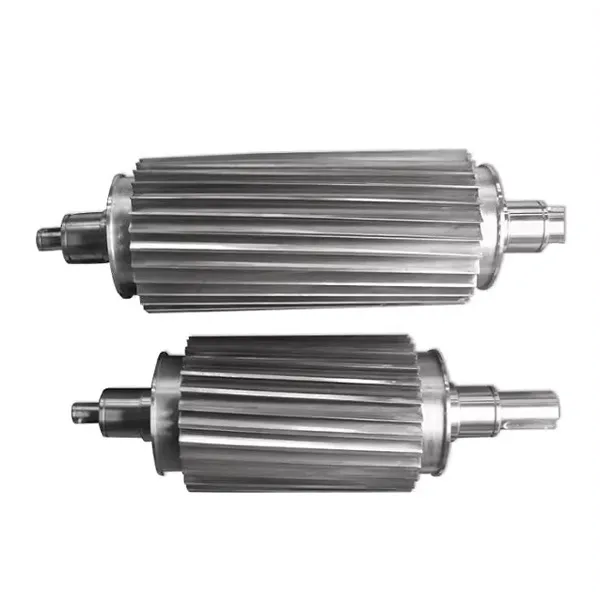
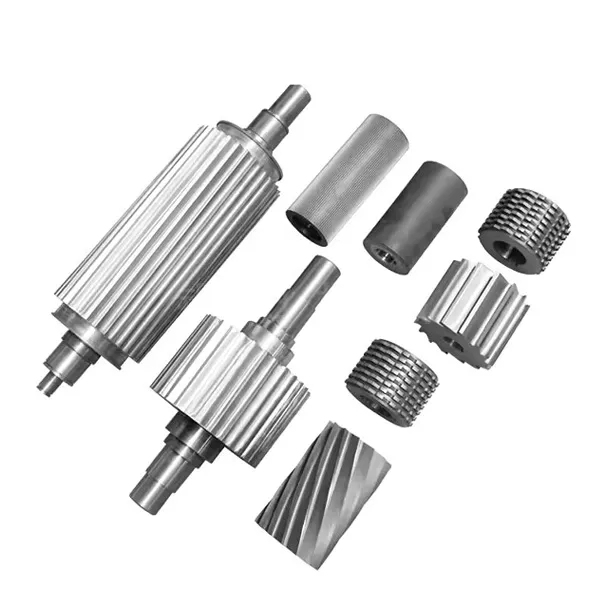
1.Material of The Disassembly Machine Blade
|
Material Type |
Characteristic |
Representative Model |
|
High Strength Alloy Steel |
The hardness reaches HRC52-55, combining toughness and wear resistance, suitable for impact crushing of conventional solid wastes such as large plastics and rubber. |
Cr12MoV, SKD-11 (surface coated with titanium nitride can reduce material adhesion). |
|
Hard Metal |
Hardness HRA90 or above, specifically designed for cutting high-strength components such as tire steel wire and metal composites, reducing the risk of blade cracking. |
Tungsten carbide based material (such as YG8) |
|
Impact Resistant Alloy Steel |
Optimize alloy ratios (such as H13K) to enhance fatigue resistance and adapt to high-intensity continuous operations such as large tires and construction waste. |
Like H13K |
2.Granulator Blade Material
|
Material Type |
Characteristic |
|
Hard Metal |
High hardness and wear resistance, suitable for fine granulation of engineering plastics such as ABS and nylon, maintaining consistent particle size. |
|
Coated Alloy Steel |
Cr12MoV and other substrates are coated with titanium nitride (TiN) on their surfaces to reduce plastic melt adhesion and extend their service life. |
|
High Speed Steel |
Hardness HRC60-65, excellent high temperature resistance, suitable for granulation needs of reinforcing materials such as glass fiber. |
3.Selection Suggestions
Decomposition stage
Conventional materials (plastic/rubber): Cr12MoV alloy steel is preferred for its high cost-effectiveness.
Metal composites (such as tires): Hard alloy welding blades (YG8) achieve efficient cutting and metal separation.
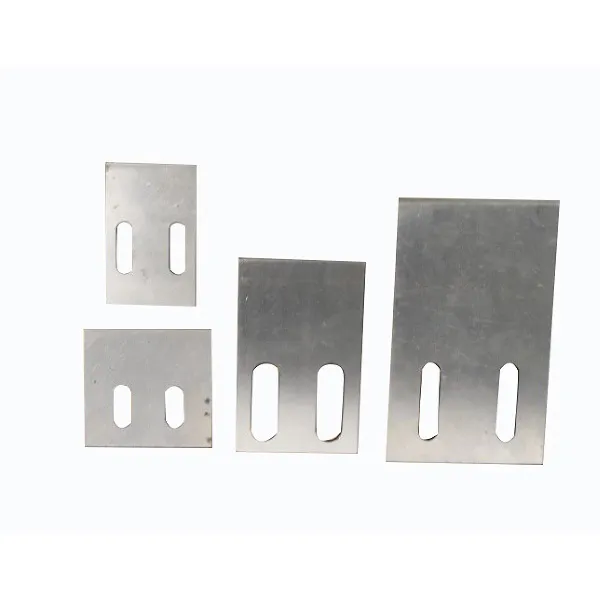
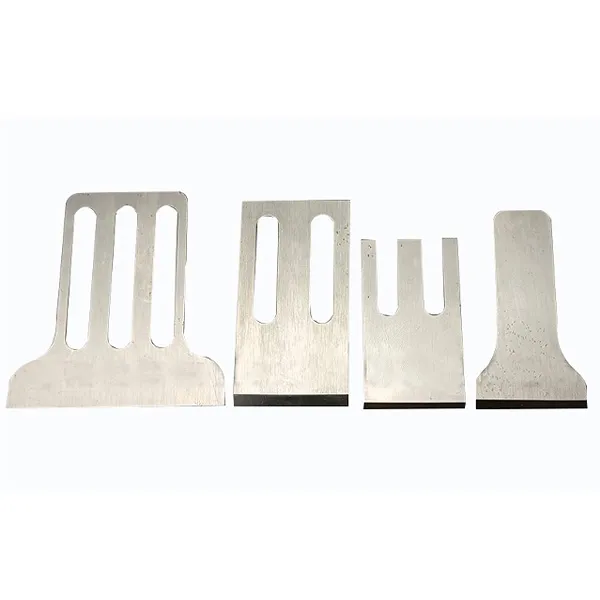
High viscosity materials (hot melt adhesive/oil containing plastic): coated alloy steel (such as TiN coating) reduces adhesion and improves particle surface smoothness.
Fiber reinforced plastics (such as fiberglass): High speed steel materials (such as 6CrW2Si) have strong impact resistance and reduce the risk of blade breakage.
Summary: The decomposition blade is mainly made of high-strength alloy steel (Cr12MoV) and hard alloy (YG8) to cope with the impact of large materials and metal separation; The granulation blade achieves fine particle processing by coating alloy steel or high-speed steel, and the material selection of the two needs to match the material characteristics (hardness/viscosity/composition) and production requirements.
High-Performance Shredder Blades for Industrial Applications
Our shredder blades are engineered for reliability in high-volume waste processing. Featuring advanced wear-resistant coatings and tungsten carbide tips, these industrial shredder blades significantly extend service life in abrasive environments. The balanced design minimizes vibration, ensuring smooth operation and reduced equipment wear. Trusted by global recycling facilities, our blades optimize throughput while lowering maintenance costs. As premier shredder blades manufacturers, we offer custom solutions tailored to specific material processing needs.
Get Binsheng Blade Tech Tips
ISO 9001 insights: industry trends & blade guides

